Home>Technology>Home Entertainment Systems>How Did Television Help Spread American Culture?
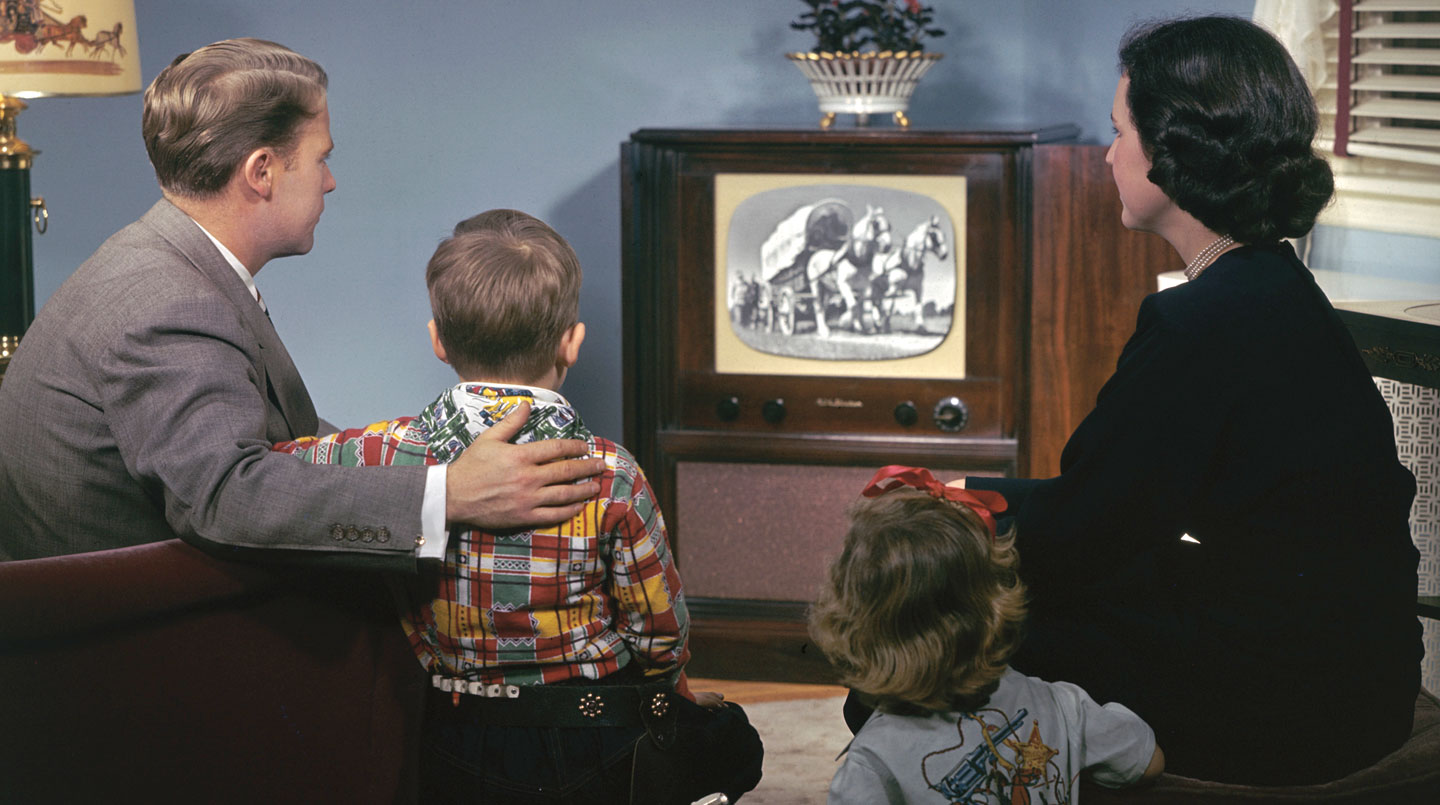

Home Entertainment Systems
How Did Television Help Spread American Culture?
Published: December 20, 2023
Discover how home entertainment systems, particularly television, played a pivotal role in disseminating American culture worldwide. Explore the impact and influence of television on global cultural exchange.
(Many of the links in this article redirect to a specific reviewed product. Your purchase of these products through affiliate links helps to generate commission for Storables.com, at no extra cost. Learn more)
Introduction
Television has long been recognized as a powerful medium for disseminating culture, and its influence in spreading American culture globally is undeniable. Since its inception, television has played a pivotal role in shaping societal norms, influencing consumer behavior, and showcasing American values and lifestyles to audiences around the world. This article will delve into the multifaceted ways in which television has contributed to the global proliferation of American culture, examining the impact of popular television shows, the role of advertising and consumerism, and the broader implications of television in the age of globalization.
Television's ability to transcend geographical boundaries and connect with diverse audiences has made it a potent vehicle for exporting American culture. From iconic sitcoms to gripping dramas, American television programming has not only entertained viewers but also provided a window into the intricacies of American life. Through the lens of television, audiences worldwide have been exposed to the nuances of American customs, traditions, and societal dynamics, fostering a deeper understanding of the cultural tapestry that defines the United States.
Moreover, the pervasive nature of television has facilitated the dissemination of American English, popular slang, and colloquial expressions, thereby contributing to the global adoption of American linguistic and cultural elements. As a result, television has served as a catalyst for linguistic and cultural homogenization, blurring the lines between local and global identities and engendering a sense of familiarity with American customs and traditions among international viewers.
In the following sections, we will explore the profound impact of television on the global diffusion of American culture, shedding light on the interconnectedness of television, globalization, and cultural exchange. By examining the role of television in shaping perceptions of American values, lifestyle, and consumerism, we can gain a deeper appreciation for the far-reaching influence of this ubiquitous medium. Let us embark on a captivating journey through the realms of television and its instrumental role in disseminating American culture to the far corners of the globe.
Key Takeaways:
- Television has been a powerful tool in spreading American culture globally through shows like “Friends” and “The Sopranos,” offering a glimpse into American life and values to international audiences.
- Television advertising has shaped global consumer culture by promoting American products and influencing purchasing decisions, blurring the lines between entertainment and commercial messaging.
The Role of Television in Spreading American Culture
Television has been instrumental in disseminating American culture on a global scale, serving as a conduit for showcasing the diverse facets of American life, values, and societal norms. Through a myriad of genres, including sitcoms, dramas, reality shows, and documentaries, television has offered audiences an immersive glimpse into the intricacies of American culture, fostering a sense of familiarity and resonance with international viewers.
One of the key ways in which television has facilitated the spread of American culture is through its portrayal of everyday life in the United States. Sitcoms, in particular, have depicted relatable scenarios, familial dynamics, and interpersonal relationships, providing audiences worldwide with a lighthearted yet authentic portrayal of American domestic life. Shows such as “Friends,” “The Simpsons,” and “Modern Family” have not only entertained audiences but have also served as cultural ambassadors, offering insights into American humor, social interactions, and familial bonds.
Furthermore, television dramas have delved into complex narratives that reflect the societal fabric of the United States, addressing issues such as race, identity, and socio-economic disparities. By exploring these themes, television has shed light on the multifaceted nature of American society, challenging stereotypes and offering a more nuanced understanding of the cultural tapestry that defines the nation. Shows like “The Wire,” “Breaking Bad,” and “The Sopranos” have captivated global audiences while providing thought-provoking commentary on the intricacies of American life.
Beyond scripted programming, reality shows have also played a significant role in disseminating American culture, showcasing diverse subcultures, lifestyles, and regional idiosyncrasies. From culinary competitions to home renovation series, reality television has provided a platform for celebrating American ingenuity, creativity, and the pursuit of the American Dream, captivating audiences across the globe.
Moreover, the advent of streaming services has further amplified the reach of American television content, enabling audiences in distant corners of the world to access a treasure trove of American programming. This accessibility has not only broadened the global audience for American television but has also facilitated cross-cultural dialogue and the exchange of ideas, fostering a more interconnected and interdependent global community.
Through its rich tapestry of programming, television has transcended borders, languages, and cultural barriers, serving as a powerful ambassador for American culture and values. As we continue to explore the profound impact of television on global cultural exchange, it becomes evident that the medium has not only entertained but has also fostered a deeper appreciation for the rich tapestry of American life and culture.
Television and Globalization
Television has been intricately intertwined with the phenomenon of globalization, serving as a catalyst for cultural exchange, the dissemination of ideas, and the interconnectedness of societies across the globe. In the context of American culture, television has played a pivotal role in shaping and disseminating cultural narratives, contributing to the broader discourse of globalization and its impact on societal values, consumer behavior, and the interconnectedness of global audiences.
One of the defining characteristics of television in the age of globalization is its ability to transcend geographical boundaries and linguistic barriers, offering audiences a window into diverse cultural landscapes. American television programming, with its diverse array of genres and narratives, has not only entertained but has also fostered a deeper understanding of American values, traditions, and societal dynamics among international viewers. This exchange of cultural narratives has contributed to a more interconnected and interdependent global community, blurring the lines between local and global identities.
Moreover, the global reach of American television content has facilitated cross-cultural dialogue, engendering a sense of shared experiences and commonality among audiences from different parts of the world. Through the universal language of television, global audiences have been able to engage with American cultural narratives, fostering a sense of empathy, understanding, and interconnectedness that transcends geographical distances and cultural disparities.
Furthermore, the proliferation of American television shows in international markets has led to the adoption of American cultural elements, including language, fashion, and lifestyle trends, in diverse cultural contexts. This cultural osmosis, facilitated by television, has contributed to the homogenization of global cultural landscapes, blurring the boundaries between local and global cultural expressions and fostering a more interconnected and interdependent global society.
Television has also been a driving force in shaping perceptions of American consumerism and lifestyle choices on a global scale. Through the portrayal of aspirational lifestyles, consumer products, and societal norms, television has influenced consumer behavior and purchasing patterns, contributing to the globalization of consumer culture and the diffusion of American lifestyle trends across international markets.
As we navigate the complex interplay between television and globalization, it becomes evident that the medium has not only served as a conduit for cultural exchange but has also contributed to the interconnectedness of global audiences, the dissemination of American cultural narratives, and the blurring of cultural boundaries in an increasingly interconnected world.
Television helped spread American culture by showcasing popular music, fashion, and trends, as well as promoting American values and lifestyles to a global audience.
American Television Shows and Their Impact
American television shows have wielded a profound influence on global audiences, shaping perceptions of American culture, societal dynamics, and lifestyle choices. Through a diverse array of genres and narratives, these shows have not only entertained but have also served as cultural ambassadors, offering international audiences a captivating glimpse into the intricacies of American life and values.
Sitcoms, a quintessential genre of American television, have left an indelible mark on global audiences, portraying relatable scenarios, familial dynamics, and interpersonal relationships that resonate across cultural boundaries. Shows like “Friends,” “Seinfeld,” and “The Big Bang Theory” have not only elicited laughter but have also provided international viewers with insights into American humor, social interactions, and the idiosyncrasies of everyday life in the United States.
Furthermore, television dramas have delved into complex narratives that reflect the societal fabric of the United States, addressing issues such as identity, justice, and the human experience. Series like “The West Wing,” “Grey’s Anatomy,” and “This Is Us” have captivated global audiences while offering poignant reflections on American values, societal challenges, and the human condition, fostering a deeper understanding of the cultural nuances that define the nation.
Reality shows, with their diverse themes and formats, have also made a significant impact on global audiences, showcasing American subcultures, lifestyles, and regional diversities. From culinary competitions to home renovation series, reality television has celebrated American ingenuity, creativity, and the pursuit of excellence, captivating audiences worldwide and offering a lens into the diversity of American experiences.
Moreover, the global popularity of American television shows has contributed to the adoption of American English, popular slang, and cultural references in diverse linguistic and cultural contexts. This linguistic and cultural osmosis, facilitated by television, has engendered a sense of familiarity and resonance with American cultural elements among international audiences, contributing to the global diffusion of American cultural narratives and expressions.
As American television shows continue to captivate global audiences, their impact transcends entertainment, shaping perceptions of American culture, societal values, and lifestyle choices. Through their compelling narratives and authentic portrayals of American life, these shows have fostered a deeper appreciation for the rich tapestry of American culture, forging cultural connections that transcend geographical boundaries and linguistic disparities.
Television Advertising and Consumerism
Television advertising has played a pivotal role in shaping consumer behavior, influencing purchasing decisions, and contributing to the globalization of consumer culture. The pervasive nature of television as a medium for reaching mass audiences has made it an influential platform for showcasing products, promoting brands, and shaping perceptions of lifestyle choices and consumer preferences.
American television has been a vanguard in the realm of advertising, with iconic commercials and brand endorsements becoming synonymous with popular culture. From the unforgettable Super Bowl commercials to product placements within popular shows, television has been instrumental in creating aspirational narratives that resonate with global audiences, fostering a culture of consumerism and brand consciousness.
Through targeted advertising, television has not only promoted consumer products but has also shaped perceptions of societal norms, beauty standards, and lifestyle aspirations. The portrayal of aspirational lifestyles, fashion trends, and material possessions in television programming has contributed to the global dissemination of American consumer culture, influencing purchasing patterns and lifestyle choices in international markets.
Moreover, the integration of advertising within television content has blurred the lines between entertainment and commercial messaging, creating a seamless narrative that intertwines brand endorsements with compelling storytelling. This convergence of advertising and entertainment has contributed to the normalization of consumerism, fostering a culture where brand affiliations and material possessions are intertwined with personal identity and social status.
Television advertising has also been a catalyst for the globalization of consumer trends, with American products and brands gaining prominence in international markets through strategic advertising campaigns. The visibility of American consumer products on television screens worldwide has contributed to the adoption of American lifestyle trends, fashion sensibilities, and consumption patterns in diverse cultural contexts, further solidifying the influence of television in shaping global consumer culture.
As we navigate the complex interplay between television, advertising, and consumerism, it becomes evident that television has been a driving force in shaping global consumer culture, influencing purchasing decisions, and fostering a culture of brand consciousness and material aspirations. The impact of television advertising transcends borders, contributing to the interconnectedness of global consumer markets and the diffusion of American consumer culture on a global scale.
Read more: How Television Help Student In Their Studies
Conclusion
Television has undeniably played a transformative role in the global proliferation of American culture, serving as a potent medium for cultural exchange, the dissemination of ideas, and the interconnectedness of societies across the globe. Through a diverse array of genres, from sitcoms and dramas to reality shows, television has offered international audiences an immersive glimpse into the intricacies of American life, values, and societal dynamics, fostering a sense of familiarity and resonance with global viewers.
The impact of American television shows has transcended entertainment, shaping perceptions of American culture, societal values, and lifestyle choices on a global scale. From relatable sitcom scenarios to thought-provoking drama narratives, these shows have served as cultural ambassadors, offering international audiences authentic portrayals of American life while fostering a deeper understanding of the cultural nuances that define the nation.
Moreover, television advertising has been instrumental in shaping consumer behavior, influencing purchasing decisions, and contributing to the globalization of consumer culture. The integration of advertising within television content has not only promoted consumer products but has also shaped perceptions of societal norms, beauty standards, and lifestyle aspirations, contributing to the global dissemination of American consumer culture and lifestyle trends.
As we navigate the complex interplay between television, globalization, and consumerism, it becomes evident that the medium has not only entertained but has also fostered a deeper appreciation for the rich tapestry of American culture, forging cultural connections that transcend geographical boundaries and linguistic disparities. Television has been a driving force in shaping global cultural narratives, influencing consumer behavior, and fostering a culture of interconnectedness and interdependence in an increasingly globalized world.
In conclusion, the profound impact of television on the global spread of American culture underscores the medium’s pivotal role in shaping perceptions, fostering cultural exchange, and contributing to the interconnectedness of global audiences. As we continue to navigate the ever-evolving landscape of television and its influence on global cultural dynamics, it is imperative to recognize the enduring legacy of television as a catalyst for the dissemination of American culture and values to the far corners of the globe.
Frequently Asked Questions about How Did Television Help Spread American Culture?
Was this page helpful?
At Storables.com, we guarantee accurate and reliable information. Our content, validated by Expert Board Contributors, is crafted following stringent Editorial Policies. We're committed to providing you with well-researched, expert-backed insights for all your informational needs.




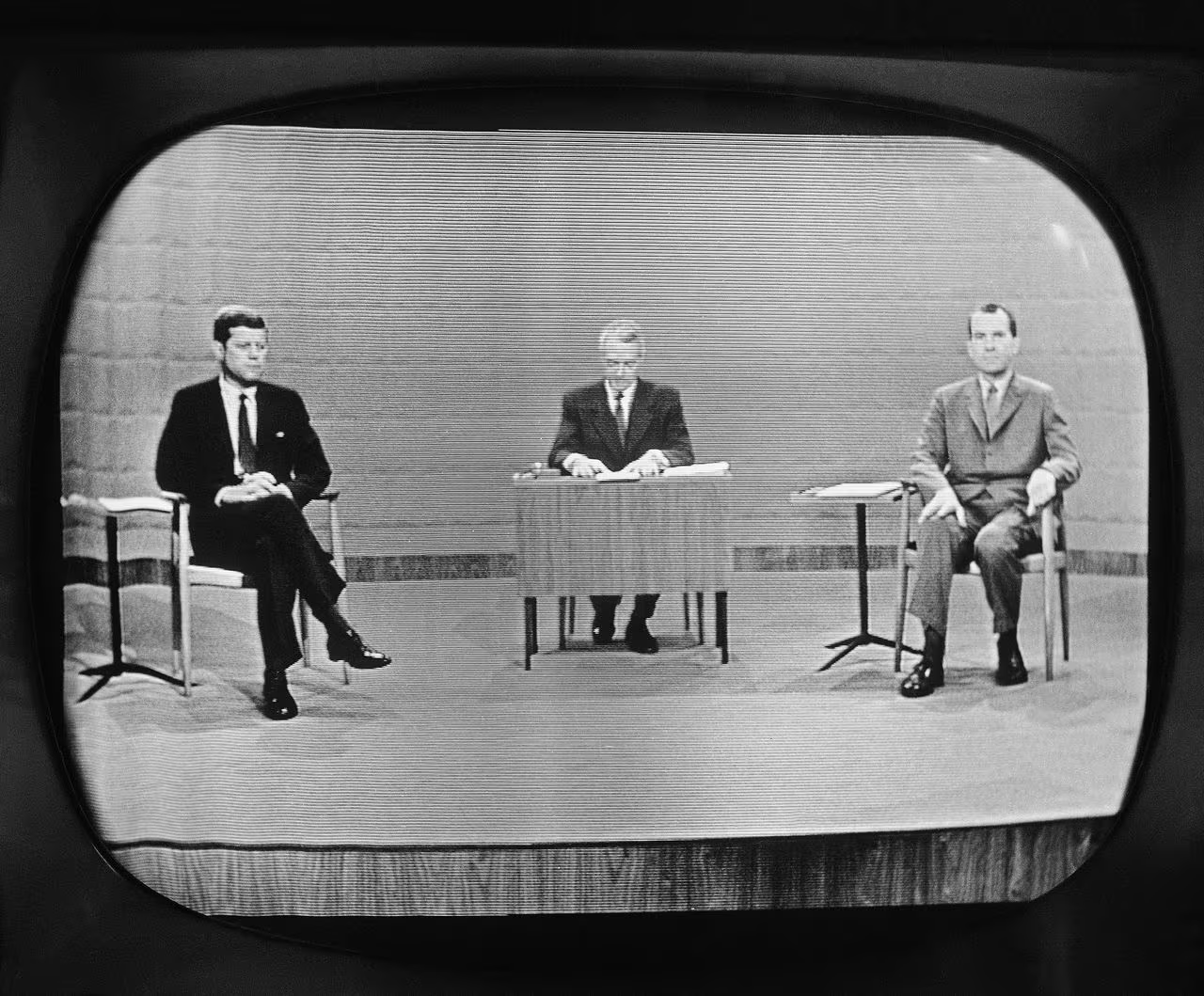






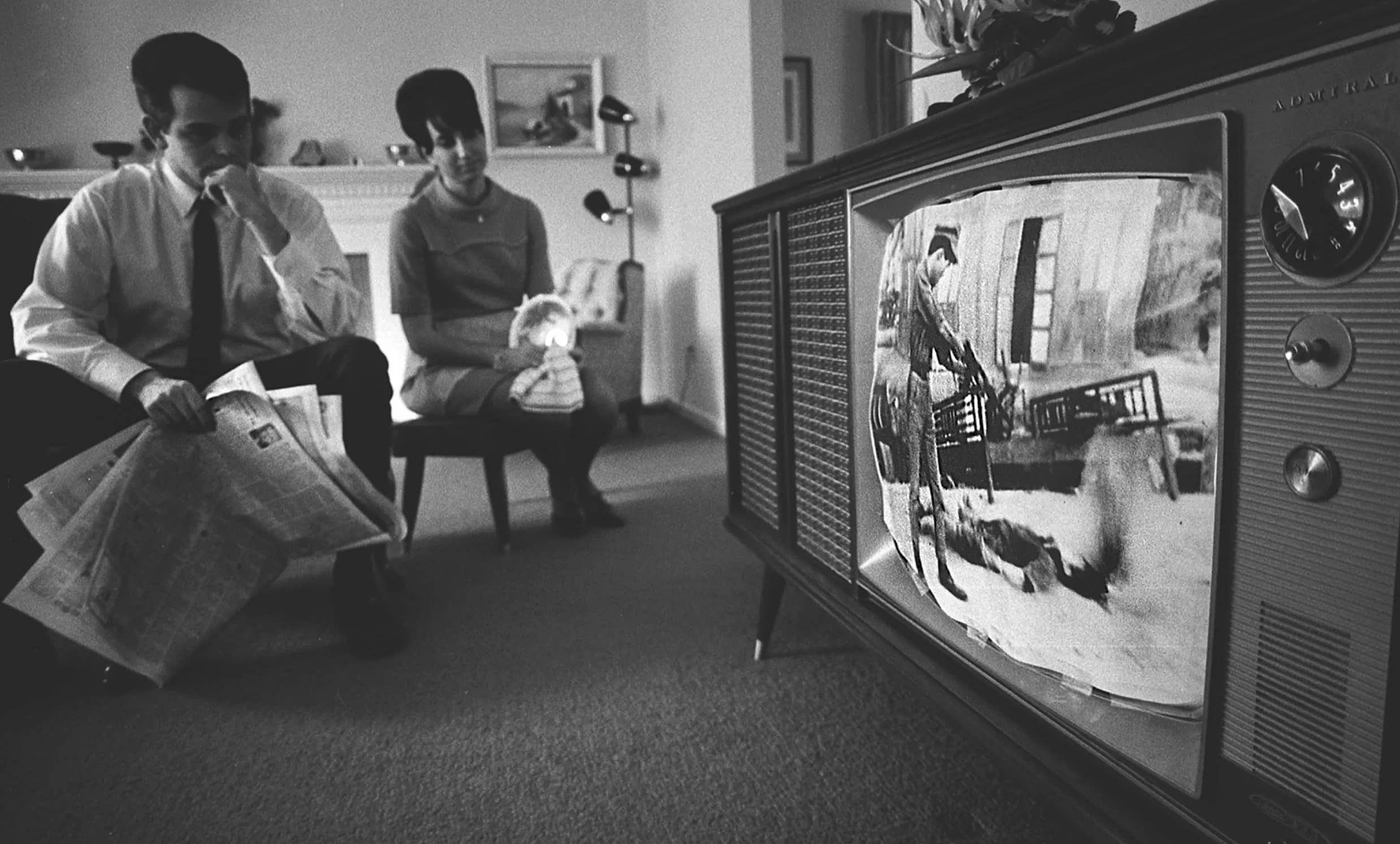
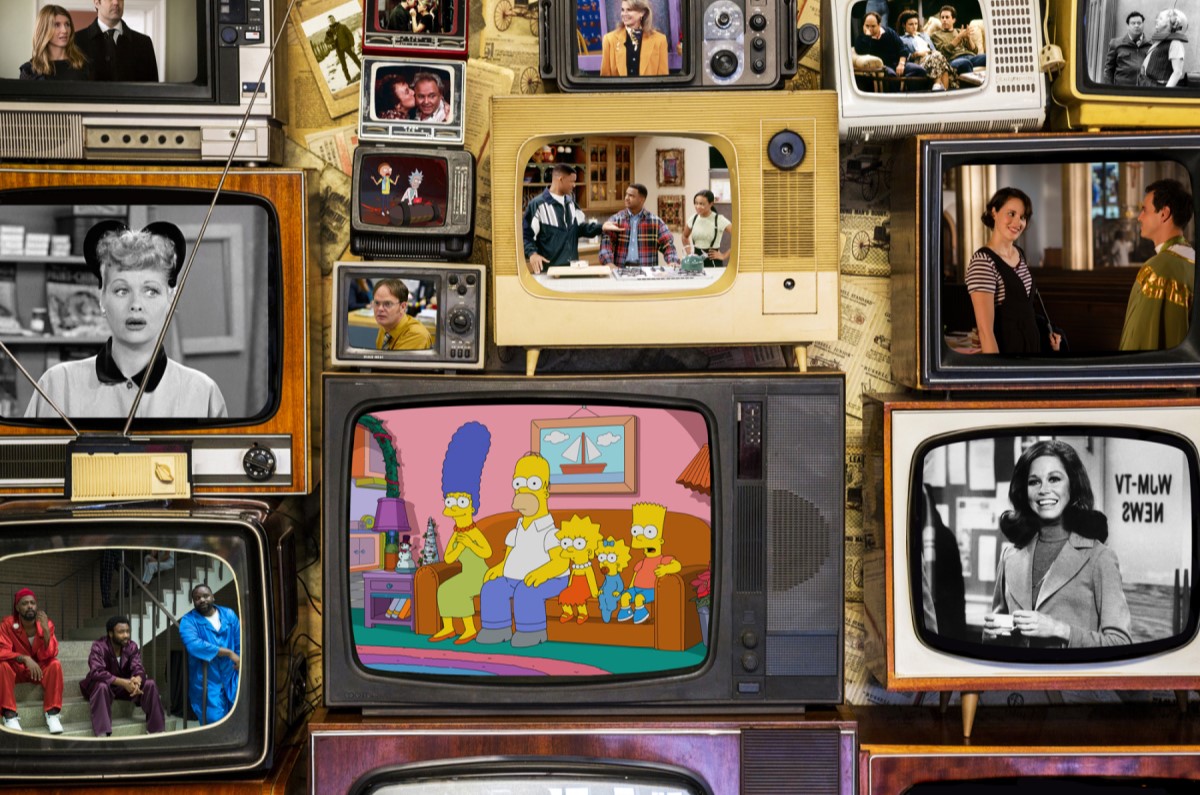
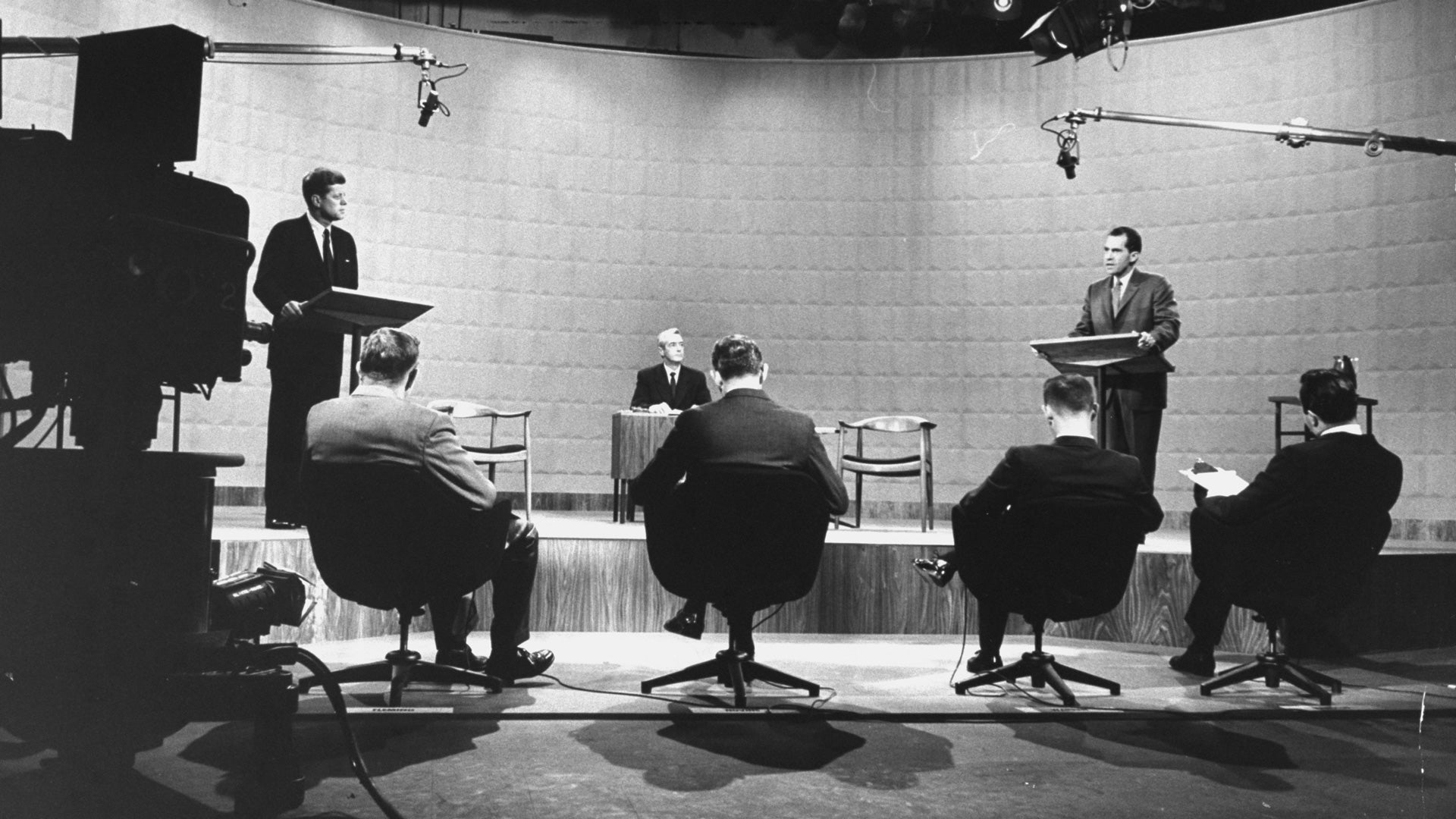

0 thoughts on “How Did Television Help Spread American Culture?”